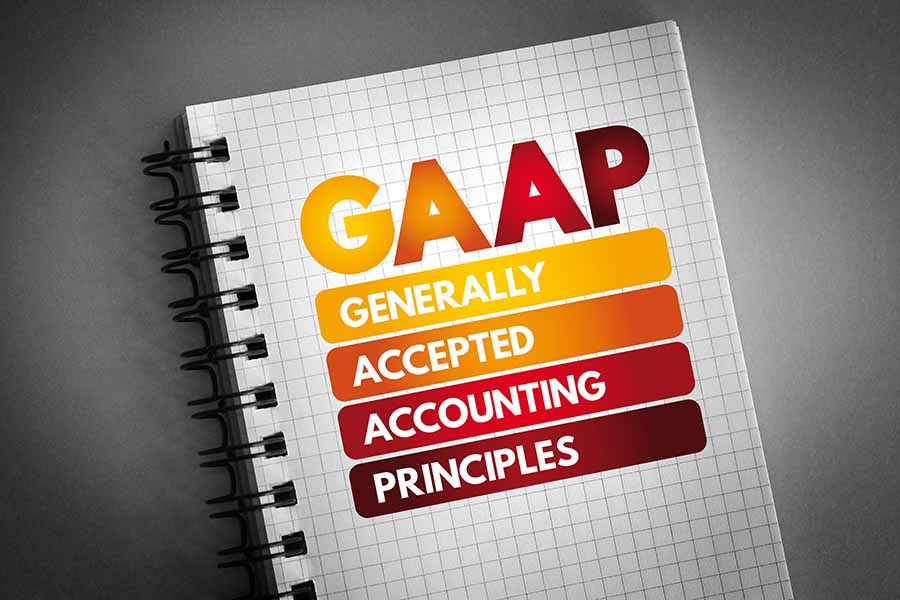What Is Notes Payable? Interest Computation & Journal Entry
This article is part of a larger series on Bookkeeping.
Since N/P is debt, the borrower incurs interest expense that must be paid together with the principal amount at maturity date. N/P ranges from short-term loans for solving cash flow problems to long-term loans for purchasing machinery or even buildings.
In this article, we discuss the purpose of N/P, the interest computation, and the journal entry to record N/P. We also tackle related topics, like year-end interest accruals and dishonored notes.
Purposes of Notes Payable
Incurring N/P in your business can be beneficial. For individuals, notes are also tools for obtaining additional funds. You can use N/P to:
- Finance large purchases: Promissory notes provide buyers the flexibility in paying for large purchases. Buyers need not pay for the whole amount upfront and can negotiate to pay at a later date or in installments.
- Consolidate debt: If you have a bunch of small debts, you can borrow funds via promissory note and pay all the small debts. All you need to worry about is paying the promissory note. Consolidating your debt makes it easier to remember due dates and avoid late payments.
- Obtain quick loans: A promissory note is easy to make, especially if you have a willing lender like a shareholder or family member (see our guide on raising money from family and friends to fund your business). You can even download a simple promissory note template online for this purpose.
- Build credit score: Private lending institutions are required to report your lending history to the credit bureaus as mandated by the Fair Credit Reporting Act. If you have a low credit score, promissory notes can help you build your credit score and history.
- Pay vendors: If you fall behind in paying your vendors, they might allow you to catch up over time by accepting a promissory note with a stated interest rate and repayment terms.
Interest on Notes Payable
Interest rates are always stated as an annual amount. When computing the interest component of a note with a maturity of less than one year, we need to prorate the interest rate to months.
Interest on Lump Sum Payment
In a lump sum payment of N/P, you pay the full amount (principal and interest) at maturity date. To illustrate, say on January 1, Evergreen Company issued a $10,000 N/P to Monterey Company with a term of six months and an interest rate of 12% If there is no mention of the interest being monthly or annual, it's safe to assume that it's an annual rate. .
Given,
Interest = $10,000 × 12% × 6/12
The fraction 6/12 is the prorated period of six months out of 12 months.
Interest = $600
At maturity date on June 30, Evergreen must pay a total of $10,600 ($10,000 + $600).
Interest on Installment Loans
When N/P is paid in installments, the amortization schedule should show you the amount of interest and principal deducted from your outstanding balance. An amortization schedule shows you the monthly payments, interest charged, principal amortization, and outstanding balance. Lenders will provide this schedule to you once your loan is approved.
Notice that the interest decreases as you pay off the loan. In the first payment, the interest is $100, or 1% of the outstanding balance of $10,000. But in period five, the interest is only $34. Hence, paying your monthly installment on time is necessary to avoid incurring additional interest and penalties.
Download our amortization schedule for Excel template to learn how amortizations work. The article also includes other Excel templates that you can use in your business.
Notes Payable Journal Entry
There are two phases in recording journal entries for N/P: (1) when the note is issued; and (2) when the note is repaid. If you are paying installments, you need to make journal entries for every installment.
For your convenience, here are the facts from our example above:
- On January 1, Evergreen Company issued a $10,000 promissory note to Monterey Company, payable in six months.
- The interest rate is 12% annually (or 1% per month).
- The interest is $600.
- For the installment illustration, we assumed that Evergreen would pay in six installments. The monthly payment is $1,725.48
Issuance of the Note
In the books of Evergreen Company, it must debit cash to signify the receipt of the note proceeds and credit note payables to signify its indebtedness.
Debit | Credit | |
|---|---|---|
Cash | $10,000 | |
Notes payable | $10,000 |
Settlement of the Note
At maturity date on June 30, Evergreen must pay $10,600 to Monterey as the final settlement of the note. The journal entry to record the payment should be:
Debit | Credit | |
|---|---|---|
Notes payable | $10,000 | |
Interest expense | $600 | |
Cash | $10,600 |
Installments
When notes are payable in installments, you have to make periodic entries aligned with the term. If the note is payable monthly, you need to have monthly entries. Even if it’s in installments, the entry for the issuance of the note is still the same.
For this illustration, let’s make a journal entry for the first installment. Below is the portion of the amortization schedule for your convenience.
Periods | Monthly Payment | Interest | Principal | Balance |
|---|---|---|---|---|
0 | $10,000 | |||
1 | $1,725.48 | $100 | $1,625.48 | $8,374.52 |
The journal entry for the first installment is:
Debit | Credit | |
|---|---|---|
Notes payable | $1,625.48 | |
Interest expense | $100 | |
Cash | $1,725.48 |
- Evergreen debited notes payable for the portion of our monthly payment that is a repayment of the $10,000 principal.
- The interest portion of the payment is recorded as interest expense.
Evergreen will make a similar entry—but with a different allocation between principal and interest per the amortization schedule—every month until it repays the note to Monterey. The journal entry for the last payment is as follows:
Debit | Credit | |
|---|---|---|
Notes payable | $1,708.39 | |
Interest expense | $17.09 | |
Cash | $1,725.48 |
Interest Accrual for Year-end Reporting
In some cases, an N/P will overlap between two accounting periods. When this happens, we need to prorate and accrue the interest that is outstanding at the end of the current accounting period, even if it’s not due to be paid until the next period.
For example, let’s use the same facts as above except the N/P was issued on November 1 and is due April 30 in the next year. We must accrue two months of interest expense at the end of the year and show it as a liability.
For purposes of financial reporting for the current year, we need to accrue the interest for November and December. The journal entry to accrue a portion of the interest is:
Debit | Credit | |
|---|---|---|
Interest expense | $200 | |
Interest payable | $200 |
Since we accrued $200 of interest, the repayment of the N/P will have to be split between interest expense and interest payable—which is the interest that was recognized as an expense in the prior period.
Debit | Credit | |
|---|---|---|
Note payable | $10,000 | |
Interest payable | $200 | |
Interest expense | $400 | |
Cash | $10,600 |
Dishonored Note
A dishonored note is a promissory note that wasn’t paid at maturity or after the grace period. If you forgot to pay a note, you should reach out to the lender and pay it immediately. Be prepared for late fees or other penalties for dishonored notes.
We encourage you to stay on top of your payables so that it won’t affect your creditworthiness. Some lenders dislike late payments, so if you always pay late, they may no longer grant you credit. Your credit score may also be affected if you always pay late, making it harder for you to secure loans or mortgages in the future.
Frequently Asked Questions (FAQs)
Yes, notes payable are liabilities in the borrower’s balance sheet. They are also considered short-term liabilities if they have maturities of less than 12 months.
Accounts payable are short-term credits that allow customers to pay for goods or services and be billed later; they are often undocumented and without interest. On the other hand, notes payable is a formal loan with a written document and stipulated interest rate.
The interest of a note payable is based on the number of months from the signing of the promissory note until its maturity. Then, use the interest formula as shown below:
Interest = Principal × Rate × Months/12
Bottom Line
N/P is an additional credit source for businesses aside from accounts payable. It can delay payments for purchases or loans, which gives businesses more flexibility in managing their working capital. However, it has interest charges, which are an additional expense for the borrower. We hope this article helped you understand how N/P is created and how interest affects the amount you pay the lender.


